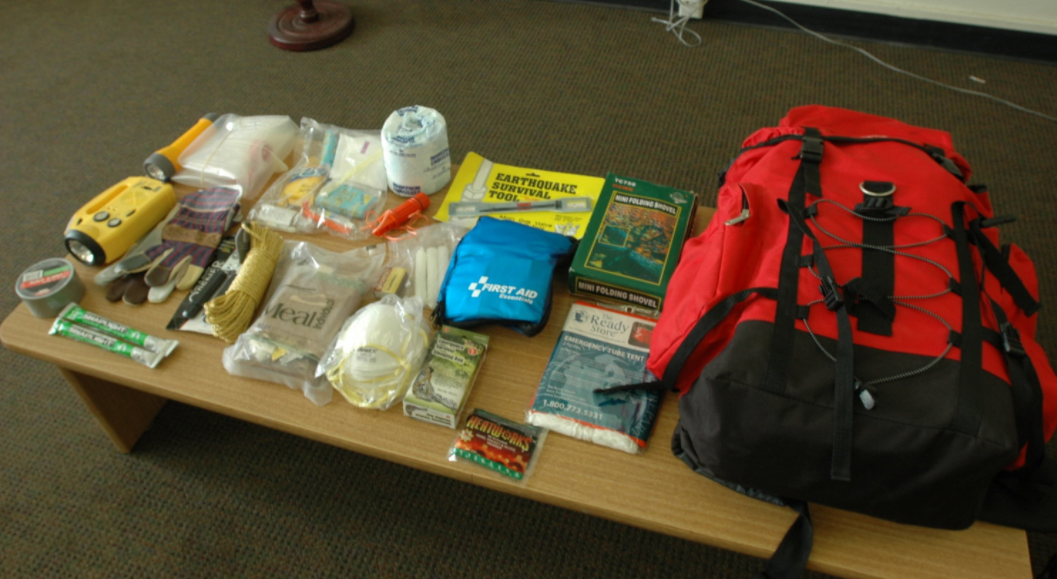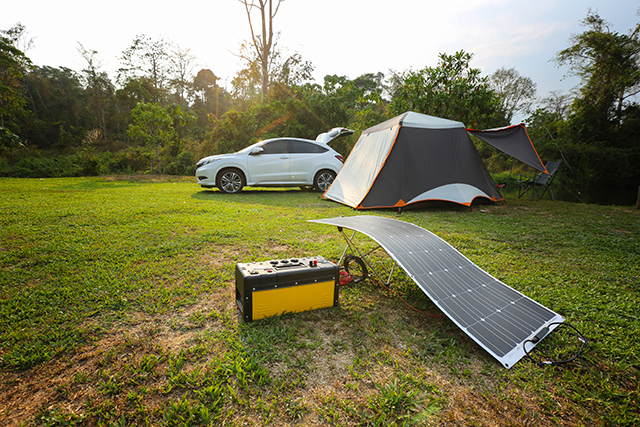Sometimes survival means scavenging (but not looting)
03/31/2018 / By Jayson Veley

First and foremost, it’s extremely important to understand the difference between scavenging and looting – one is a moral and situationally aware method of getting yourself and your loved ones through a crisis situation, and the other is completely unethical. As pointed out in an article published earlier this month on ThePreppingGuide.com, “After every disaster, many people opportunistically seek to improve their financial position by the looting of houses whose security has been compromised by the disaster…. However, scavenging is different to looting, because it is a context-specific and morally-guided process where a person seeks to improve their chances of survival.”
Clearly, morality plays a large role in the way in which you go about collecting food and items that you can use to help you get through a SHTF scenario. Do what it takes to survive, but not at the expense of ethical standards and the well-being of others. That being said, if you do decide to go out and scavenge, there are a few important things that you have to consider before you begin.
Ask yourself the following questions: “What do we need?” “Why do we need it?” “Where can we find it?” “How are we going to store or carry it?” Whether you’re going out specifically looking for survival supplies like food, water, communication devices or weapons, these questions are all important to consider. Without a solid strategy and without getting your priorities in order, your chances of failure will only increase and the mission will become all the more dangerous.
In a SHTF situation, chances are all of the local grocery stores and pharmacies will be looted within hours or days, meaning that you will be forced to consider the journey that products take from manufacturer to consumer if you want to successfully scavenge supplies. For example, instead of going to a supermarket to look for food, consider going to a farm, a distribution center such as a warehouse, or processing factories.
Other places that are prime scavenger resource spots include supply lines (trucks, ships, trains and automobiles), abandoned stores, homes, rubbish gathering areas, and waste areas. Think outside of the box, and focus your scavenging efforts on places that you think not many other survivalists would have thought of. The more creative you are, the better.
Once you have determined what items you need and where you will go to find it, it’s also a good idea to make a scavenging kit before you leave the safety of your shelter or bugout location. The website UrbanSurvivalNetwork.com compiled a list of everything that you should include in this kit, all of which will make your scavenging journey a whole lot easier:
Crowbar – Carrying a crowbar with you will come in handy when you have to bust open doors or break through windows, but remember – you are a scavenger, not a looter. Use a crowbar to break into appropriate places, not existing businesses or occupied houses.
Laundry bag – Laundry bags can be used to carry many items at once, and can also be folded up to fit inside your pocket, making them ideal for travel.
A dollar coin or quarter – If you come across a shopping cart that is locked up, you can use a quarter to unlock it. A shopping cart will be more useful in a SHTF situation than you think!
A flashlight or a lantern – If you choose to search for food or supplies in an abandoned building, chances are the lights will be out. Carry a flashlight or a lantern with you so that you can see through the dark
Keep in mind that scavenging is not the end all be all; it is a temporary survival phase that will lead to other phases. It’s important to avoid looting because it compromises society’s ability to bounce back and rebuild after all is said and done. Take only what you need, and remember to keep your morality in check.
Read Collapse.news for more coverage of how modern civilization is headed for a catastrophic collapse.
Sources include:
Tagged Under: food supply, preparedness, prepping, scavenging, survival




















